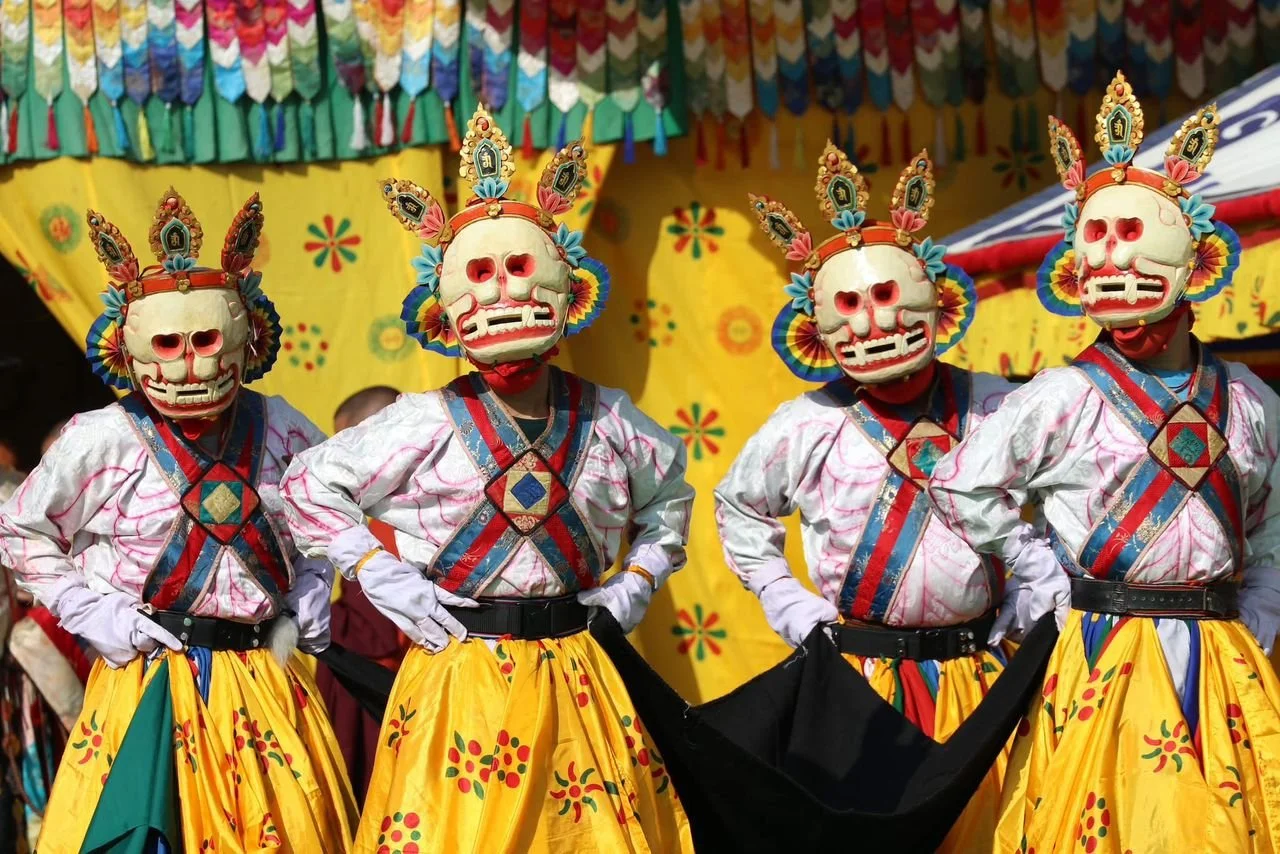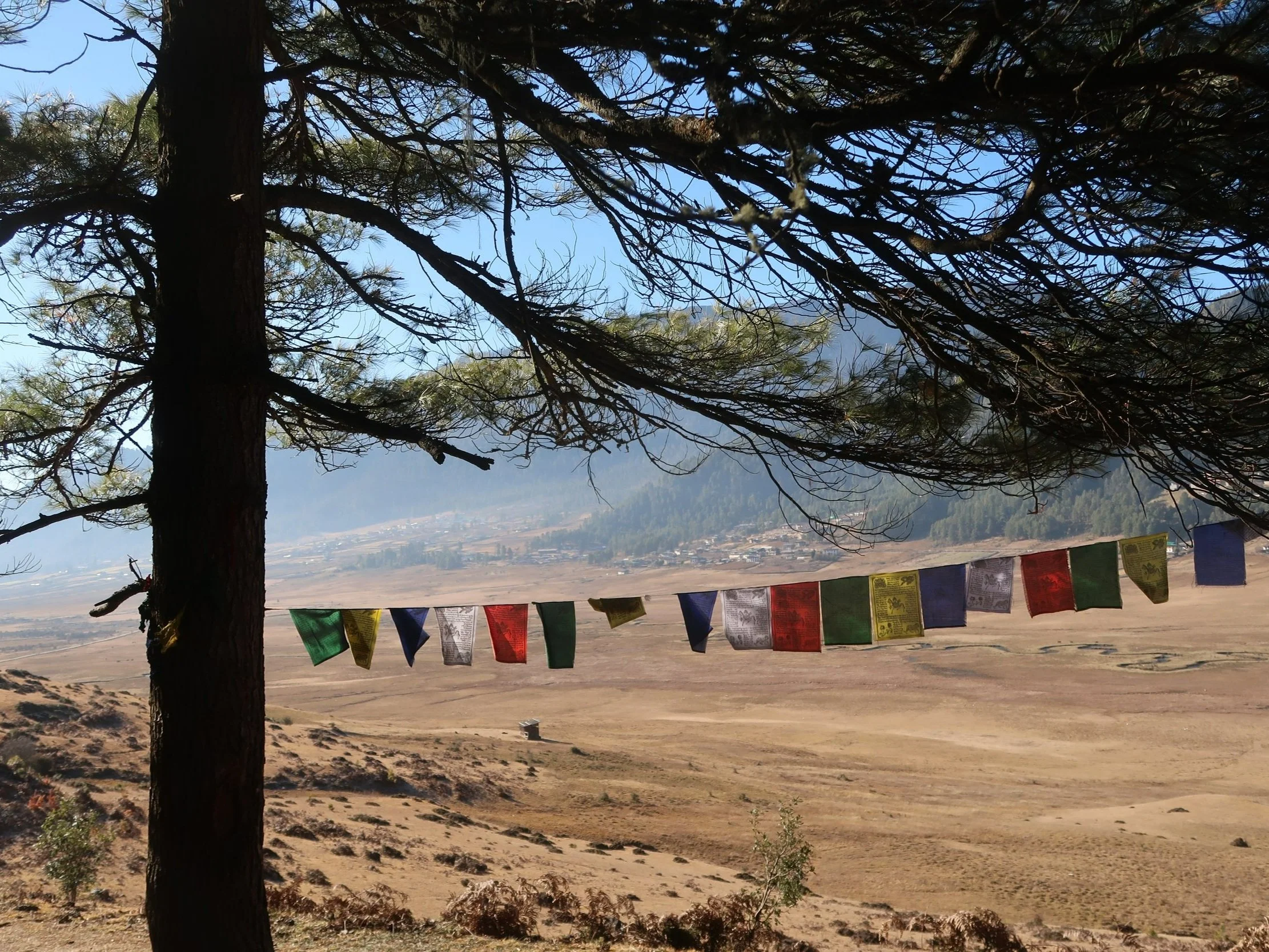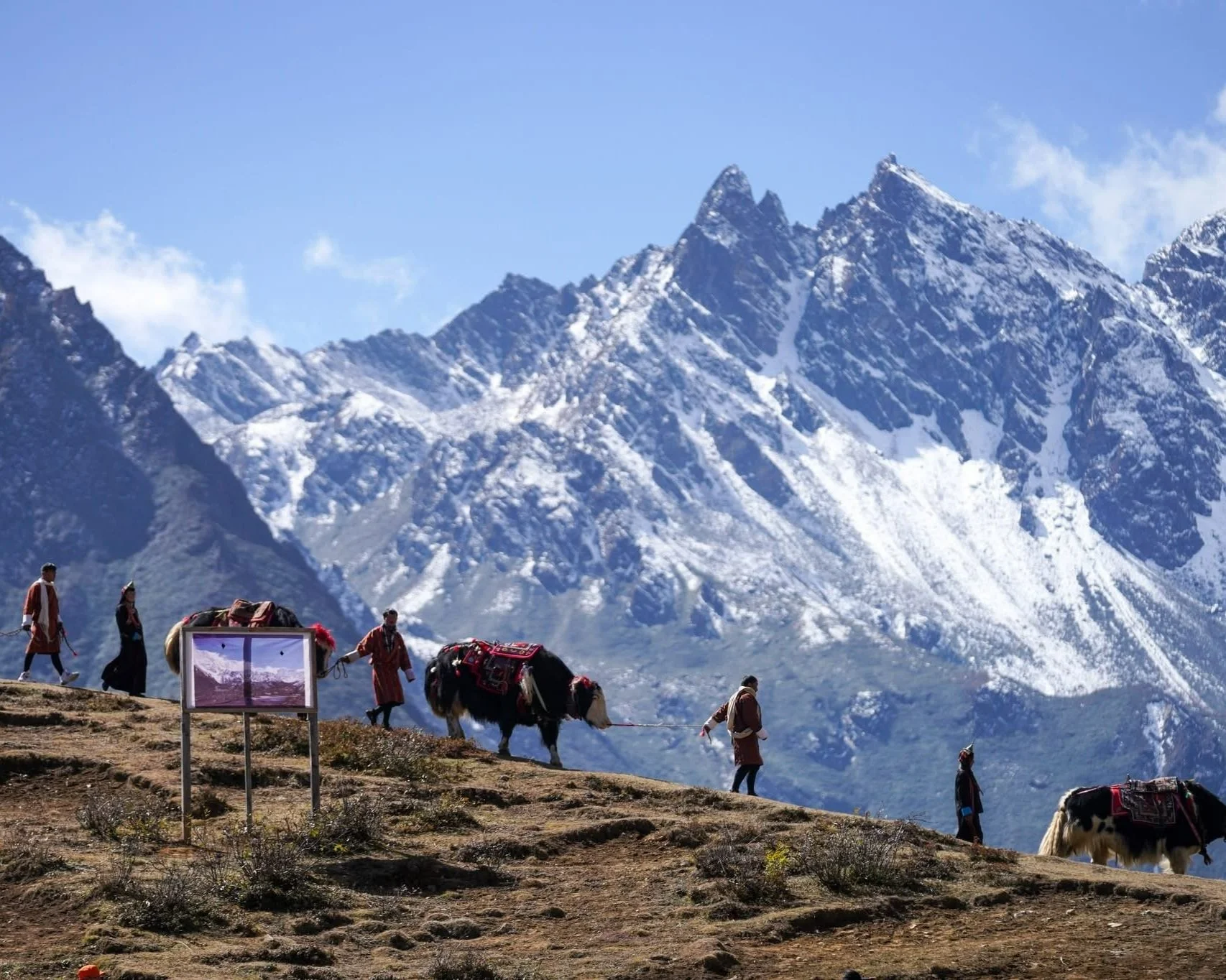Bhutan, the mystical kingdom nestled in the heart of the Eastern Himalayas, is a destination like no other. With its rich traditions and culture, stunning landscapes, and deep spirituality, Bhutan offers a unique experience for travellers looking to explore something different. If you’re considering a trip to this beautiful country, October is one of the best months to visit. Here's why October in Bhutan should be on your travel bucket list:
IDEAL WEATHER
October marks the heart of autumn in Bhutan, and the weather is simply ideal. With clear skies, cool temperatures, and crisp mountain air, this is the time of year when Bhutan truly shines. The daytime temperatures are comfortable, ranging from 15°C to 20°C (59°F to 68°F), making it perfect for outdoor activities like walkinfg, trekking, and exploring the many picturesque valleys.
Whether you’re trekking to the iconic Tiger’s Nest Monastery or hiking through the beautiful Phobjikha Valley, October’s mild weather allows you to fully enjoy Bhutan’s natural beauty without the intense heat of summer or the chill of winter. The clear skies also provide breathtaking views of the majestic Himalayas, creating the perfect backdrop for your travels.
Witness Bhutan’s Vibrant Festivals
October is also a fantastic time to experience Bhutan's rich cultural heritage through its festivals. One of the most famous festivals held in October is the Thimphu Tshechu, a celebration of Bhutanese culture, religion, and history. The Thimphu Tshechu is a vibrant festival that takes place in the capital, Thimphu, and is one of the largest and most colorful festivals in the country.
During the festival, locals and visitors alike gather to witness traditional masked dances, colorful costumes, and rituals that have been passed down for generations. The atmosphere is filled with joy, music, and dance, making it an unforgettable experience. If you’re visiting Bhutan in October, don’t miss the chance to be part of this incredible cultural celebration.
Other incredible festivals include Gangtey Festival in Phobjikha, Thangbi Mani, Jakar and Jambay Lhakhang in Bumthang and the incredible Royal Highland Festival in Laya. Find out more about Bhutan festivals HERE.
Stunning Autumn Foliage
As autumn takes hold in Bhutan, the landscapes transform into a canvas of vibrant colors. The lush green valleys give way to shades of gold, orange, and red, creating a stunning visual display that enhances the beauty of the country. Whether you’re trekking through the Paro Valley or driving through the scenic roads of Punakha, you’ll be treated to some of the most picturesque fall foliage you’ve ever seen.
The vibrant autumn colors make October an especially photogenic time to visit Bhutan. It’s a perfect month for photographers and nature lovers who want to capture the beauty of the country’s diverse landscapes in their full fall glory.
Ideal for Trekking and Outdoor Activities
Bhutan is renowned for its trekking opportunities, and October is a prime time for outdoor enthusiasts. The weather is stable and favorable for trekking, and you’ll have the chance to explore some of Bhutan’s most renowned trekking routes, like the Jhomolhari Trek or the Druk Path Trek.
The trails are less muddy than in the monsoon months, and the cooler weather ensures you’re not overheated during the day. Whether you’re an experienced trekker or a beginner, October’s ideal conditions make it a perfect month for hiking and discovering the country’s wild beauty on foot.
Perfect for Spiritual Exploration
Bhutan is often regarded as a spiritual haven, with its many monasteries, temples, and sacred sites scattered across the country. October’s pleasant weather makes it an ideal time to visit these peaceful retreats and immerse yourself in the spiritual ambiance of the kingdom.
From the famous Tiger’s Nest Monastery perched on a cliff to the beautiful Punakha Dzong located at the confluence of two rivers, Bhutan is full of sacred sites waiting to be explored. October is an ideal month for introspection and spiritual exploration, as the weather allows for peaceful visits to these historical and sacred sites.
A Time to Reconnect with Nature
For many, Bhutan is a place to reconnect with nature and find a sense of inner peace. In October, the crisp air, colorful landscapes, and serene surroundings make it easy to disconnect from the hustle and bustle of daily life. Whether you’re exploring the countryside on foot, meditating in a monastery, or simply soaking in the beauty of the landscape, October provides the perfect environment to reconnect with nature and yourself.
Although October is considered peak season in Bhutan, it is far from being overcrowded with tourists. Once you reach Bumthang, you'll find even fewer visitors, allowing you to explore Bhutan's serene landscapes and monasteries in a more peaceful and relaxed environment.
If you’ve always wanted to experience the tranquility of Bhutan’s ancient temples, monasteries, and palaces without the hustle and bustle of too many tourists, October is the perfect time to visit. The country’s peaceful atmosphere is one of its most alluring qualities, and traveling in October allows you to immerse yourself in the culture without distractions. October in Bhutan is a time of balance—ideal weather, cultural festivals, not so many tourists, and stunning landscapes all come together to make it the perfect month for visiting this enchanting country. Whether you’re an adventure seeker, a culture enthusiast, a nature lover, or someone simply looking for a peaceful escape, Bhutan in October offers something for everyone. So why wait? Plan your Bhutan adventure for October 2025, and experience the magic of this Himalayan kingdom in its most breathtaking season.


























